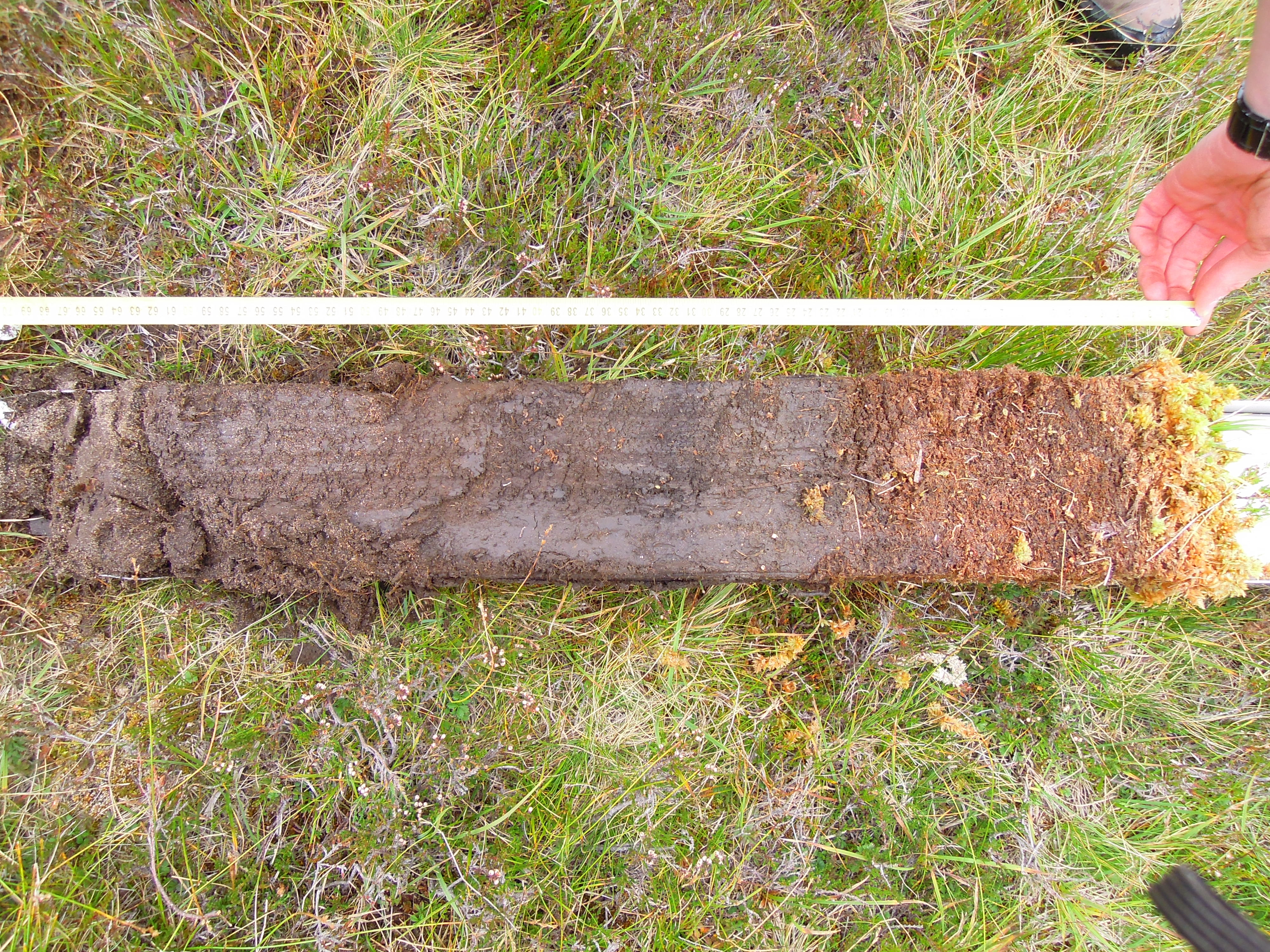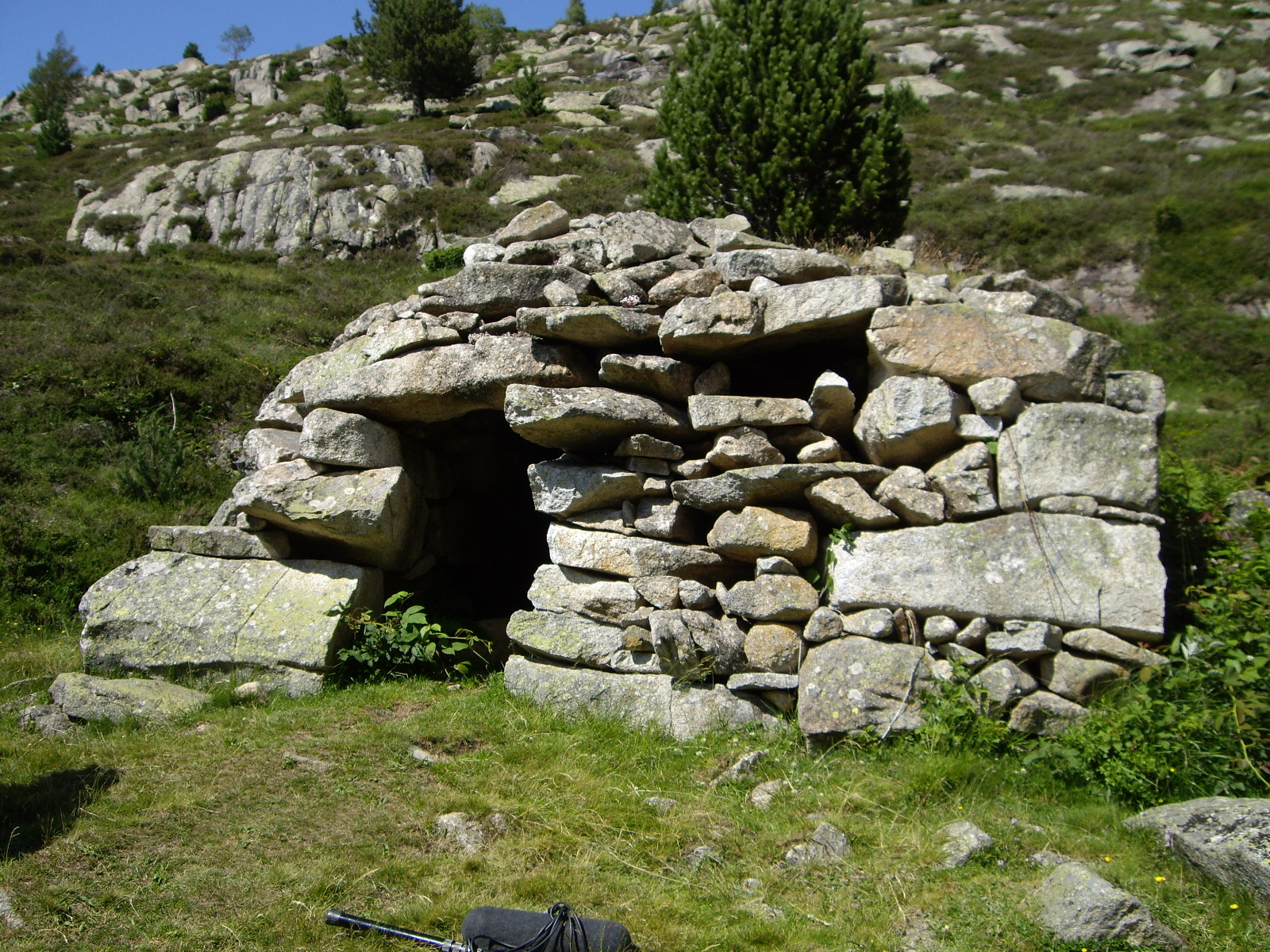|
|
|
ProgrammePRELIMINARY PROGRAMME
DOWNLOAD THE FINAL PROGRAMME (INCLUDING ALSO ALL THE PRACTICAL DETAILS) HERE DOWNLOAD THE FULL ABSTRACT BOOK HERE You can also find more details about the session schedule on the day by day schedule of the conference here.
Scientific Programme and Topics
The detailed programme and session description will come in spring 2013. Three main topics and two special issues will be covered: TOPIC 1: Biogeochemistry and Health: particle, chemicals and Human interactions, environmental and chemical exposure trigerring diseases. TOPIC 2: Biogeochemistry and Ecotoxicology (water, living organisms): pollutant pathways from sources to receptors. Challenges in soil and water quality control and policies, bioaccumulation of nutrients and contaminants in the environment. TOPIC3: Spatial and Temporal Geochemical Records of Pollution including catchment studies (trace elements, isotopes, monitoring): Fluxes and interface interaction of contaminants and nutrients in the environment, integrating transfers from local to global scale
SPECIAL SESSION 1: Frontiers in Mercury Biogeochemistry and Health (Convener: J. Sonke, GET, Toulouse) Half a century of mercury research has provided scientists and policy makers with detailed understanding of mercury toxicology, biogeochemical cycling and past and future impacts on human exposure. The complexity of the global biogeochemical mercury cycle has led to repeated and ongoing paradigm shifts in numerous mercury related disciplines and outstanding questions remain. In this session we invite contributions that target those outstanding questions. Examples are, but not limited to, epidemiological studies, marine mercury dynamics and ecology, Arctic mercury cycling, microbial mercury transformations and regional and global modeling of the mercury cycle.
SPECIAL SESSION 2: Bioaccessibility of Pollutants in Soils and Vegetables (Convener: C. Dumat, EcoLab, Toulouse) Human activities are emitting a large number of chemical substances in the environment at a global scale. Populations are therefore exposed to certain chemicals, some of which being toxic, by ingestion or inhalation of contaminated matrices, or breathing contaminated air. It is therefore crucial to study the impact of chemicals on health and the environment. In this context, the bioaccessibility of pollutants is increasingly measured by laboratory tests in order to assess human bioavailability of substances in various matrices. In this session, we invite contributions that target the extent of human bioaccessibility for inorganic and organic pollutants in different matrices. Examples are, but not limited to, epidemiological studies, influence of pollution context, compartmentation and speciation of pollutants in the environment, characteristics of pollutants (size, solubility, specific surface area, etc.).
SPECIAL SESSION 3: Arsenic: Current issues of speciation, Environmental behavior, and Human Health impacts (Convener: K. Francesconi, Institute of Chemistry, Uni-Graz, Austria) Crossover between regular topics are foreseen. Please download the TOPIC SKETCH to see how they articulate. Social EventIcebreakerThe icebreaker party will take place at the Espace Vanel, La Médiathèque, at the Arche Marengo, at the top of Allées Jean Jaurès, in the center of Toulouse Welcome CeremonyThe Welcome Ceremony will take place at The Capitole, home of Toulouse Town Hall, and will be kindly offered by the city of Toulouse. Conference DinerThe Conference diner will take place on Wednesday at the Hotel d'Assezat (http://www.fondation-bemberg.fr/uk/home/home.asp), which is located on Place d'Assézat, 31000 TOULOUSE
Field ExcursionsThe two excursions take place on Friday 12th July and will be located around the Pyrenees Mountains, and more specifically around the Vicdessos area, which has been intensively studied by various laboratories around Toulouse. For more information about these studies, you can visit this website: http://w3.ohmpyr.univ-tlse2.fr/
EXCURSION 1: Societal and Environmental Legacy of Long Term Metal MiningIn this tour, you will be guided through several sites which contributed to, but also served as witnesses of the long history of metal mining and smelting in South of France.   The first stop will be Castelminier, an iron and lead medieval extraction and processing site. You will then visit the Frechynède peat bog, which archives several hundreds of years of metal history and forest management. Finally, you will visit the former Péchiney aluminum factory site, which has been rehabilitated. Specific conditions: Good walking shoes and appropriate gear.
EXCURSION 2: Human impact on mountainous environmentExplore how early human occupation strongly affected the landscape and the environment in the Pyrenees Mountains.
 
The first point of interest will be the site of Largentière, where a small mine pit has been processed from the medieval times for its lead, silver and antimony ores. A few tens of meters below, the Largentière peatland has been directly impacted by this mining activity. Continue your hike up to the top of the mountains (around 1900m a.s.l.) to explore archaeological remnants, as well as to discover a series of lakes and peat bogs that record several hundreds of years of human impacts such as agro-pastoralism and metal contamination. Specific conditions: Good hiking shoes and appropriate gear Reasonable physical aptitude to hike a total of 4.30h on a medium difficulty mountain trail between 1200m and 1900m a.s.l. Lunch and a reasonable volume of water are required
 |
| Online user: 1 | RSS Feed |

|

